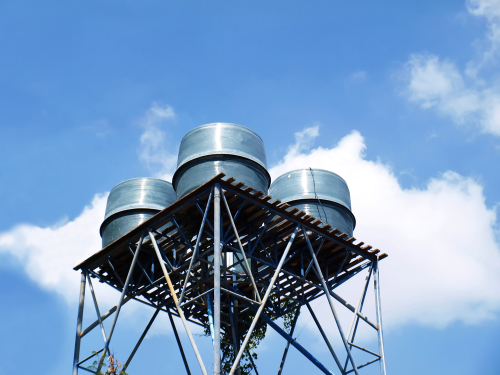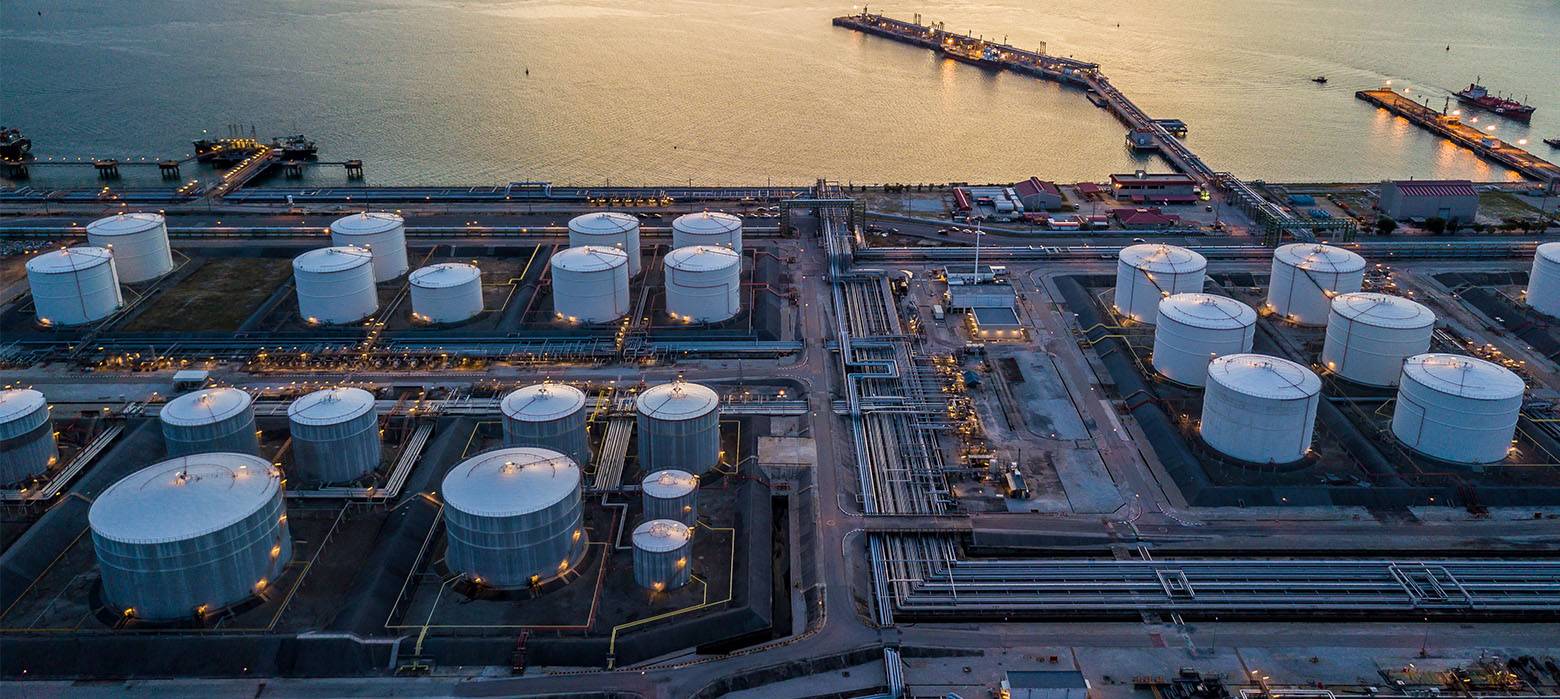
- admin
- October 24, 2019
Difference between Fiberglass and Polyethylene Water Tanks: A Comparative Study
While buying industrial storage tanks, we always like to invest in those units that are sturdy, durable, cost-effective and require low maintenance.
Fiberglass and Polyethylene are the two kinds of storage tanks that have become extremely popular for storing liquids, chemicals, and oil.
Engineered for critical applications, both of them are drastically different from each other which we are unaware of. Let’s highlight the main dissimilarities between the two.
1. Manufacturing Process
Fiberglass tanks are handcrafted units and are manufactured in a labor-intensive process. They are produced in bulk quantities through hand lay-up and filament winding processes.
On the other hand, polyethylene water tanks are manufactured using automated processes. They are engineered to perfection by roto-molding or the plastic welding process.
2. Construction
Fiberglass tanks are constructed by reinforcing high-performance glass plastics and resin materials. They are known for their corrosion-free and heat resistant properties. Hence they are a popular choice for storing industrial chemicals.
Polyethylene water tanks are constructed by heating two pieces of polyethylene are joined together through pressure application.
3. Cost
Fiberglass tanks are expensive due to their complex manufacturing process. In addition to that corrosion barriers made of resin contribute to its high price significantly.
Polyethylene water tanks are less expensive because of the lower cost of raw materials and manufacturing process.
4. Maintenance
Fiberglass tanks require more maintenance because of the fact that the tanks develop corrosion over time.
If the corrosion is not dealt on time, leaks will occur resulting in the wastage of the contents. Hence careful maintenance and inspection of the industrial storage tanks are necessary from time to time.
On the other hand, polyethylene water tanks do not require much maintenance and inspection because they offer resistance to corrosion.
These tanks are also manufactured without seams and interior coatings which make them easy to maintain.
Therefore investing in polyethylene tanks will save you lots of money in the longer run! In fact, due to its durability and less maintenance, high-density cross-linked polyethylene storage vessels have become extremely popular.
Hopefully, with all the above-mentioned points, you will be able to distinguish between fiberglass and polyethylene tanks clearly. This will make your purchasing decision simple and effortless.
GSC Tanks is a leading manufacturer and supplier of premium industrial storage tanks providing customized solutions for diverse needs of the clients.
It is a one-stop destination to get quality fiberglass tanks, steel tanks, field erected tanks and other storage solutions.
- Difference between fiberglass and polyethylene water tanks
- Fiberglass Water Tanks
- Polyethylene Water Tanks
Category
- Above Ground Fuel Tanks
- Above Ground Gas Storage Tank
- Above Ground Storage Tanks
- Above Ground Water Storage Tanks
- Agricultural Tanks
- Chemical storage Tanks
- Diesel Fuel Storage Tanks
- Diesel Storage Tanks
- Exernal FloatingRoof Tanks
- Farm Water Tank
- Fiberglass Oil Tanks
- Fiberglass Septic Tanks
- Fiberglass Tanks
- Fiberglass Underground Fuel Storage Tanks
- Field Erected Tanks
- Floating Roof Tank
- Food and Beverage Tanks
- Fuel tank
- Industrial Chemical Storage Tanks
- Industrial Gas Tanks
- Industrial Plastic Tanks
- Industrial Storage Tanks
- Industrial Tank heating pads
- industrial tanks
- Natural gas
- Natural gas vs Propane
- oil storage tank
- Oil Storage Tanks
- Peracitic Acid
- Petroleum Tanks
- Residential gasoline storage tanks
- Residential Water Storage Tanks
- Sodium Hydroxide Storage Requirements
- Sodium Hypochlorite Storage Tanks
- Steel Storage Tanks
- storage tank failure prevention
- Storage Tanks
- Sulfuric Acid Tanks
- Uncategorized
- UnderGround Storage Tanks
- Waste water tank
- Water Storage Tanks

 Tank Size Calculator
Tank Size Calculator






